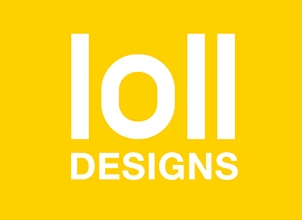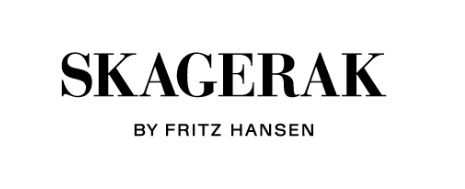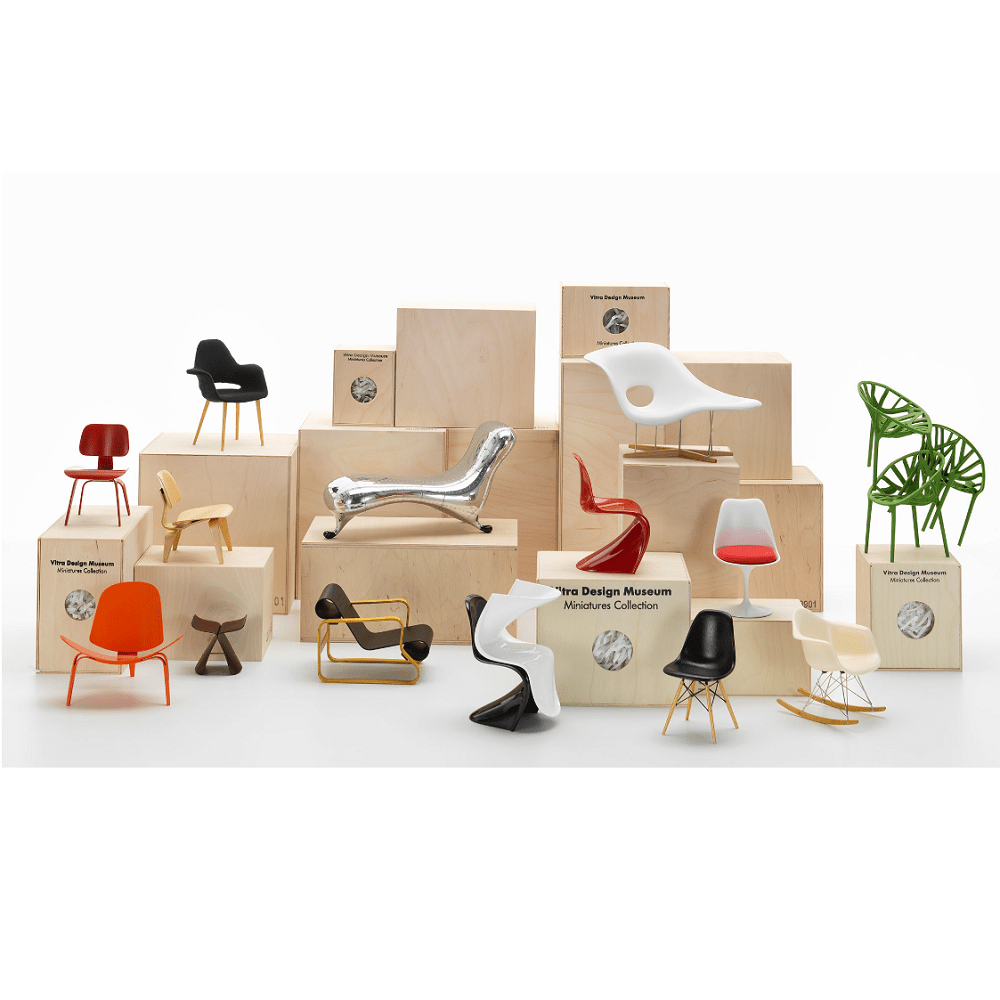800.605.1859 - FREE SHIPPING ON MOST ITEMS OVER $99.00
furniture
Accessories
lighting
Designers
- ACHILLE CASTIGLIONI
- ALBERTO MEDA
- ALESSANDRO MENDINI
- ALEXANDER GIRARD
- ALFREDO HABERLI
- ALVAR AALTO
- ANNA CASTELLI FERRIERI
- ANTONIO CITTERIO
- ARNE JACOBSEN
- BARBER & OSGERBY
- CARLO ALESSI
- CARLO MOLLINO
- CHARLES & RAY EAMES
- CHARLOTTE PERRIAND
- EERO SAARINEN
- EILEEN GRAY
- ENZO MARI
- ERNESTO GISMONDI
- ETTORE SOTTSASS
- ACHILLE CASTIGLIONI
- ALBERTO MEDA
- ALESSANDRO MENDINI
- ALEXANDER GIRARD
- ALFREDO HABERLI
- ALVAR AALTO
- ANNA CASTELLI FERRIERI
- ANTONIO CITTERIO
- ARNE JACOBSEN
- BARBER & OSGERBY
- CARLO ALESSI
- CARLO MOLLINO
- CHARLES & RAY EAMES
- CHARLOTTE PERRIAND
- EERO SAARINEN
- EILEEN GRAY
- ENZO MARI
- ERNESTO GISMONDI
- ETTORE SOTTSASS
sale
Entertainment Sale - Save 15% - Now till Dec 2nd

Save 20% on all Items + Free Shipping - Now thru Dec 4th

Moving Sale

Save 20% + Free Shipping - Now Through Dec 4th

Save 20% + Free Shipping - Now Through Nov 30th

Save 20% + Free Shipping - Now thru Dec 4th

Save 20% + Free Shipping - Now Through Nov 30th

Save 25% - Now until Dec 4th

Sale 25% off - Now Thru Dec 4th

Save 20% on all Items - Now until Dec 4th

Save 25% + Free Shipping - Now Through Dec 4th

Save 15% + Free Shipping - Now Through Dec 4th

Save 25% + Free Shipping - Now thru Dec 6th

Save 20% + Free Shipping - Now Through Dec 4th

Save 20% + Free Shipping - Now Thru Dec 2nd

Save 20% on all Items + Free Shipping - Now thru Dec 4th

Annual Sale--20% All products-- Nov 11th - December 11

Save 20% on all Items + Free Shipping - Now thru Dec 4th

Save 15% + Free Shipping - Now until May 18th

Save 20% + Free Shipping - Now Through Dec 4th

Save 15% on all Items + Free Shipping - Now thru Dec 4th

Save 15% + Free Shipping - Now Through Dec 4th

25% on all Items + Free Shipping - Now thru Dec 2th

In-Stock Items
Miniatures MR 90 Barcelona
****QUICK SHIPS IN 2-4 WEEKS****
Design Mies van der Rohe, 1929Made in Germany by Vitra
Mies van der Rohe designed the German pavilion and corresponding furniture for the 1929 worldÙs fair in Barcelona. Among other things, his pavilion served as the setting for the inaugural ceremony led by the Spanish royal couple, Alfonso XIII and Victoria Eugenia. While Mies van der Rohe implemented his ideas of avant garde steel and glass architecture for the building design, he drew his inspiration for the furniture from historic models. Mies van der Rohe took as his starting point the ancient, scissors-shaped collapsible folding chair, already a symbol of power among Egyptian rulers. In keeping with the occasion, he adopted the representative qualities of the scissors chair, although he does without the folding function and interprets it afresh. In order to match the overall impression of luxury in the pavilion, Mies van der Rohe chose not to use wood like the historic models, but instead employed chrome-plated steel strip and leather upholstery with button stitching. The pavilion was torn down after the fair. However, along with the furniture, it was retrospectively acknowledged as a showcase for the »International Style« that had taken hold throughout the world. The Barcelona pavilion was reconstructed and rebuilt in 1986.
Dimensions: 5" W X 5" D X 5" H
Miniatures MR 90 Barcelona
****QUICK SHIPS IN 2-4 WEEKS****
Design Mies van der Rohe, 1929Made in Germany by Vitra
Mies van der Rohe designed the German pavilion and corresponding furniture for the 1929 worldÙs fair in Barcelona. Among other things, his pavilion served as the setting for the inaugural ceremony led by the Spanish royal couple, Alfonso XIII and Victoria Eugenia. While Mies van der Rohe implemented his ideas of avant garde steel and glass architecture for the building design, he drew his inspiration for the furniture from historic models. Mies van der Rohe took as his starting point the ancient, scissors-shaped collapsible folding chair, already a symbol of power among Egyptian rulers. In keeping with the occasion, he adopted the representative qualities of the scissors chair, although he does without the folding function and interprets it afresh. In order to match the overall impression of luxury in the pavilion, Mies van der Rohe chose not to use wood like the historic models, but instead employed chrome-plated steel strip and leather upholstery with button stitching. The pavilion was torn down after the fair. However, along with the furniture, it was retrospectively acknowledged as a showcase for the »International Style« that had taken hold throughout the world. The Barcelona pavilion was reconstructed and rebuilt in 1986.
Dimensions: 5" W X 5" D X 5" H
You may also like
Subscribe
Sign up to get the latest on sales, new releases and more …











